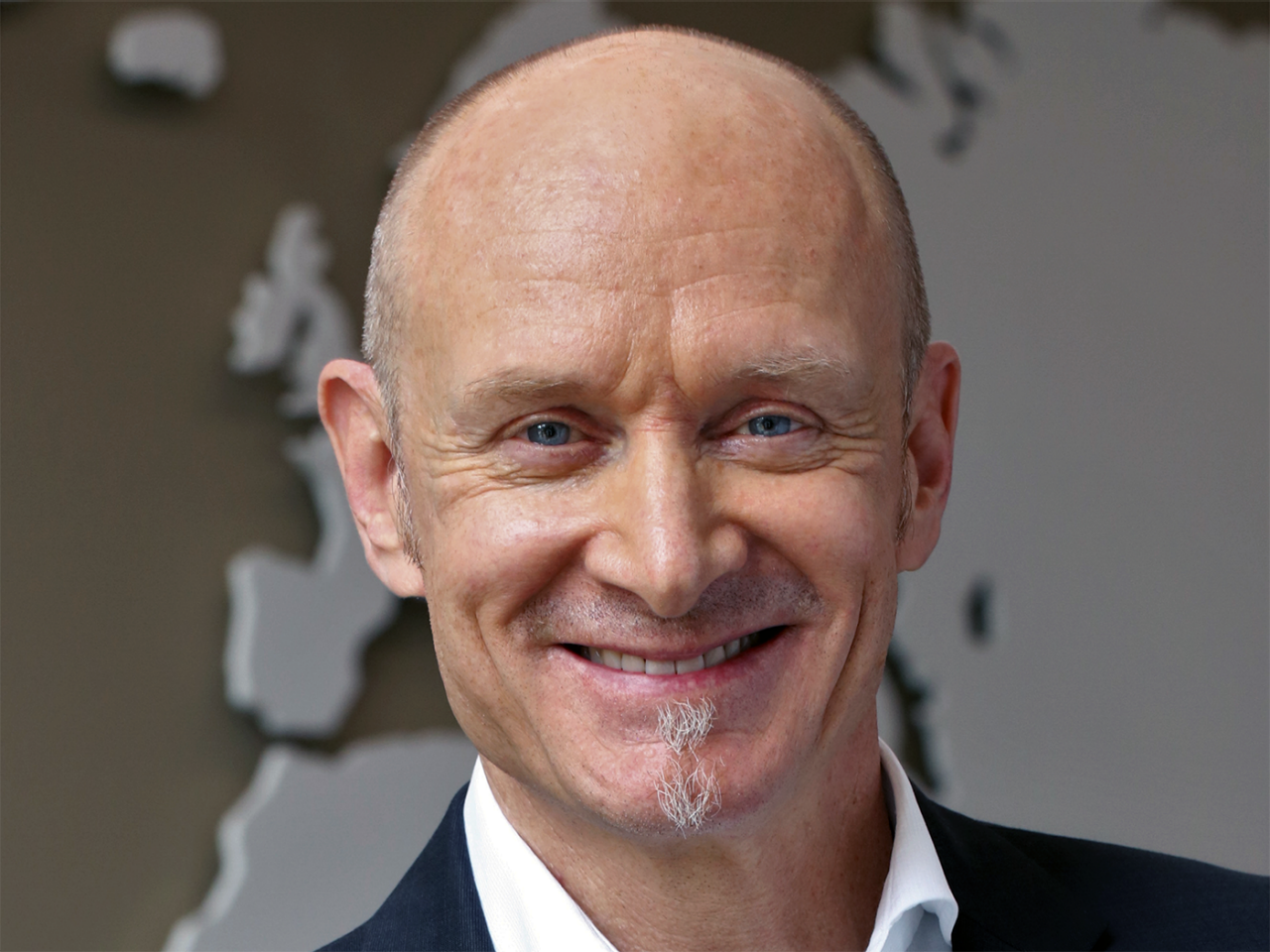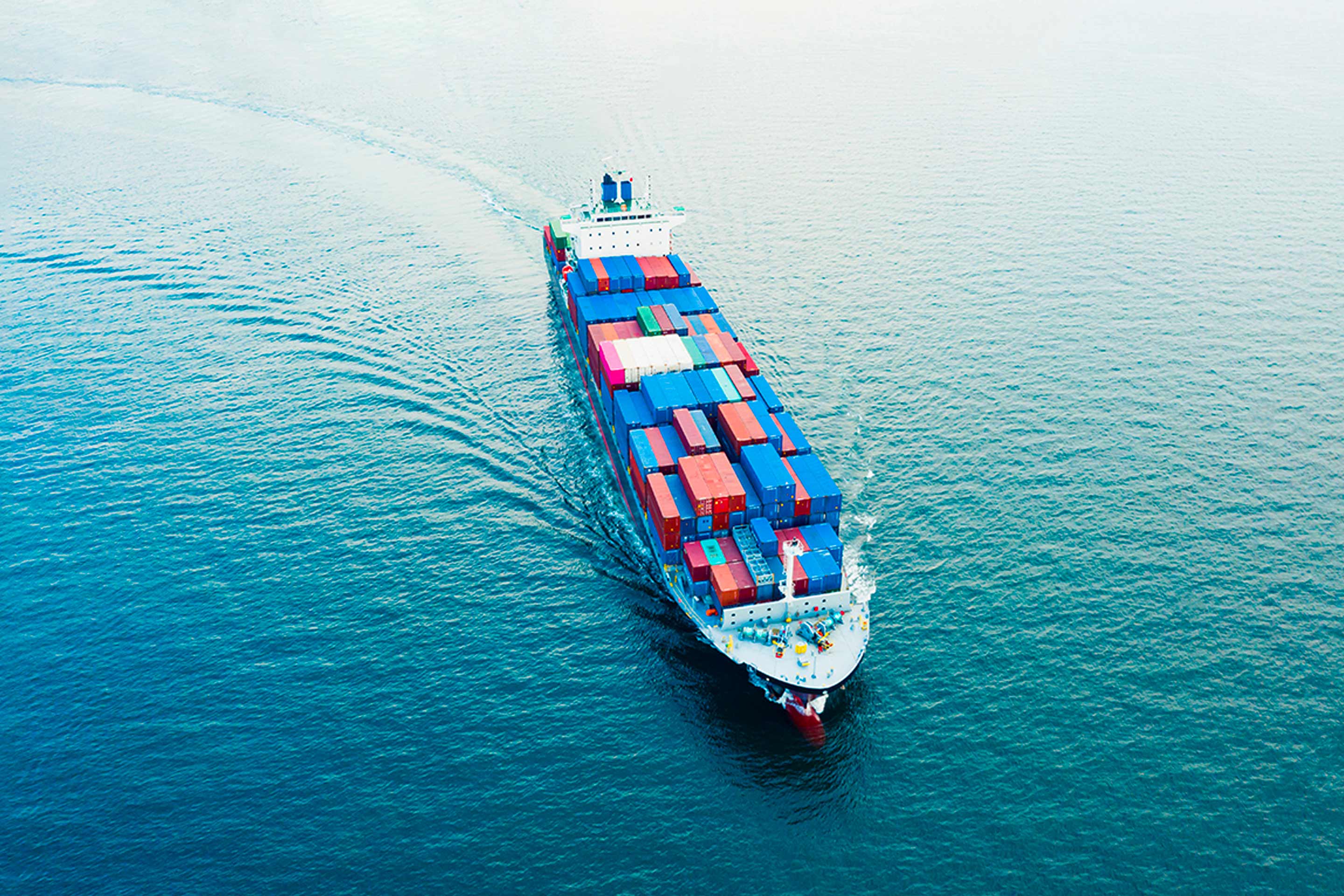In May 2023, Accelleron announced that it was to acquire the fuel injection specialist Officine Meccaniche Torino S.p.A. (OMT). Now that the acquisition is complete, we talked to OMT’s CEO, Klaus Heim, to understand more about the business and its synergy with Accelleron.
Very much an industry veteran, Klaus started as a mechanical engineer and has worked in technical and management roles at a range of manufacturers in and around the marine industry, with stints at New Sulzer Diesel, Wärtsilä and WinGD. And this is actually his second term at OMT, where he previously served as CTO for six years.
OMT also has a lengthy history, explains Klaus: “OMT was first established as a family business in Turin in 1930, 93 years ago, by the grandfather of the previous owner. Since the beginning, it has always specialized in fuel injection systems, initially for cars and trucks, but moving to focus mainly on marine propulsion over time.”
Partners in combustion
A long history creating marine industry components isn’t the only thing OMT and Accelleron have in common. The relationship is even closer: “It’s almost a twin business,” says Klaus. “A combustion engine burns fuel and needs air. Any kind of combustion engine needs the two elements, supplied at the right time in the right proportions and conditions. Turbocharging takes care of the air supply; injection supplies the fuel. The amount and pressure of the air and the fuel are the deciding factors of how efficient the engine will be and the extent of its emissions. So, they’re the two most crucial systems to support the engine.”
Like turbochargers, a high-quality, well-maintained fuel injection system can have a large impact on fuel consumption and emissions. “A worn or poor-quality injection system will not produce the correct level of atomization in the spray of fuel. This can have a huge impact on fuel consumption. If an injector malfunctions that might lead to 50% more fuel used.”
The way that turbocharging and fuel injection systems have developed over the years also has considerable commonality. “The way that combustion engines improved their efficiency over much of their history was to increase the pressure in the combustion chamber. So the turbochargers increased the air pressure, and the injectors increased the fuel pressure.”
A large technological leap came in the late 1990s when electronic controls were added to fine tune the timing and pattern of fuel injection to achieve greater efficiency. “Previously, these controls were purely mechanical; adding electronics allowed a new degree of precision and intelligence to the injection process.”
Progress has also accelerated in more recent years as more and more attention has been paid to reducing emissions. Just as the turbocharger can significantly reduce emissions, so can fuel injection. “New technologies to improve efficiency and reduce emissions have been successfully implemented, such as pre-injection, post-injection, multiple injection and changing injection pressures against the load of the engine.”
 Klaus Heim, OMT CEO
Klaus Heim, OMT CEO
Digital opportunities
Both OMT and Accelleron have the same customer base, in the same industry, and together provide the two key systems adjacent to the engine, increasing the profile of both suppliers within the sector. “It gives the combined company two pillars in the industry instead of one. Being together also improves the way we can interact with customers and simplifies things for those customers.”
Klaus also sees a significant opportunity for OMT and Accelleron in developing a common pathway to further unlock the power of digitalization around the combustion engine.
“With a suitable sensor to detect the behavior and the operation of the fuel injector, you can collect a lot of information that you can use to analyze the combustion process and create predictions for fuel consumption.”
“Digital technology also makes it possible to detect malfunctions or wear-and-tear on individual injector needles, opening the door to condition-based maintenance. The ability to detect issues at a precise level, immediately – like, injector number two on cylinder five needs changing – would help improve engine performance and save ship owners considerable time and money.”
“Our team from OMT are already in conversations with the Accelleron Digital Technology team on various topics, for instance research on artificial intelligence. There is clear technical synergy and, in the future, we hope, a product synergy we can offer to customers.”
Future fuels need future injection
A key topic within the industry is the development and implementation of future alternative fuels to displace fossil fuels, and thus the shipping industry’s impact on the environment. For Klaus and OMT, this will mean significant changes.
“The fuel injection system is enormously affected by alternative fuels. Each of the potential fuels in play – be that ammonia, methanol or hydrogen – has very different combustion characteristics and energy density which affects the amount, the pressure and the timing of injection. And safety is a crucial concern. Some of these alternatives pose significant potential hazards for the crew, so double-walled pipes and walls are required, alongside additional sensors. They will each require completely redesigned fuel injection and supply systems.”
There’s also no clear winner yet among the alternatives in development. Shipowners may demand dual fuel solutions or wish to retrofit at a later stage as both the technology and the availability of fuels develops over time. “This is our main activity in R&D, right now: future fuels. We’re involved in several projects with customers and engine manufacturers, some of them at the prototype stage, others closer to product development.”
“It’s another good example of where OMT complements Accelleron: together as a group, our potential role in helping decarbonize the marine industry is enormous.”














